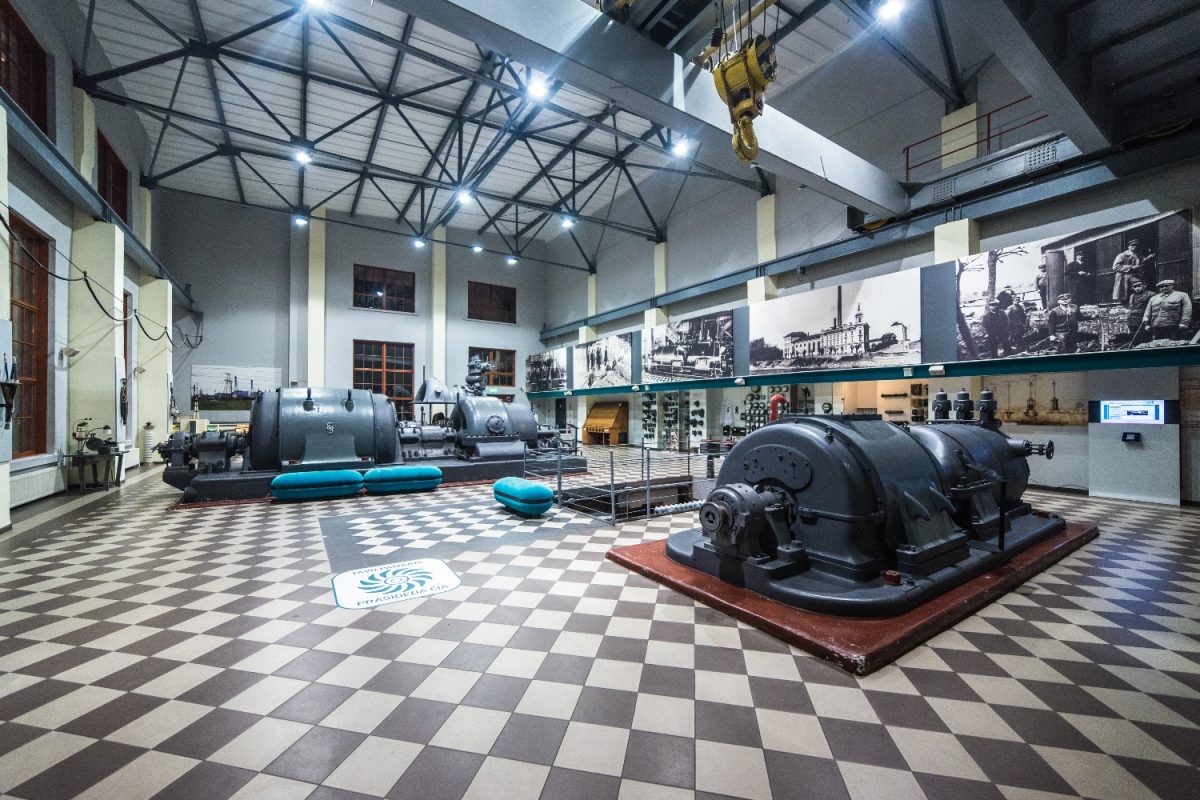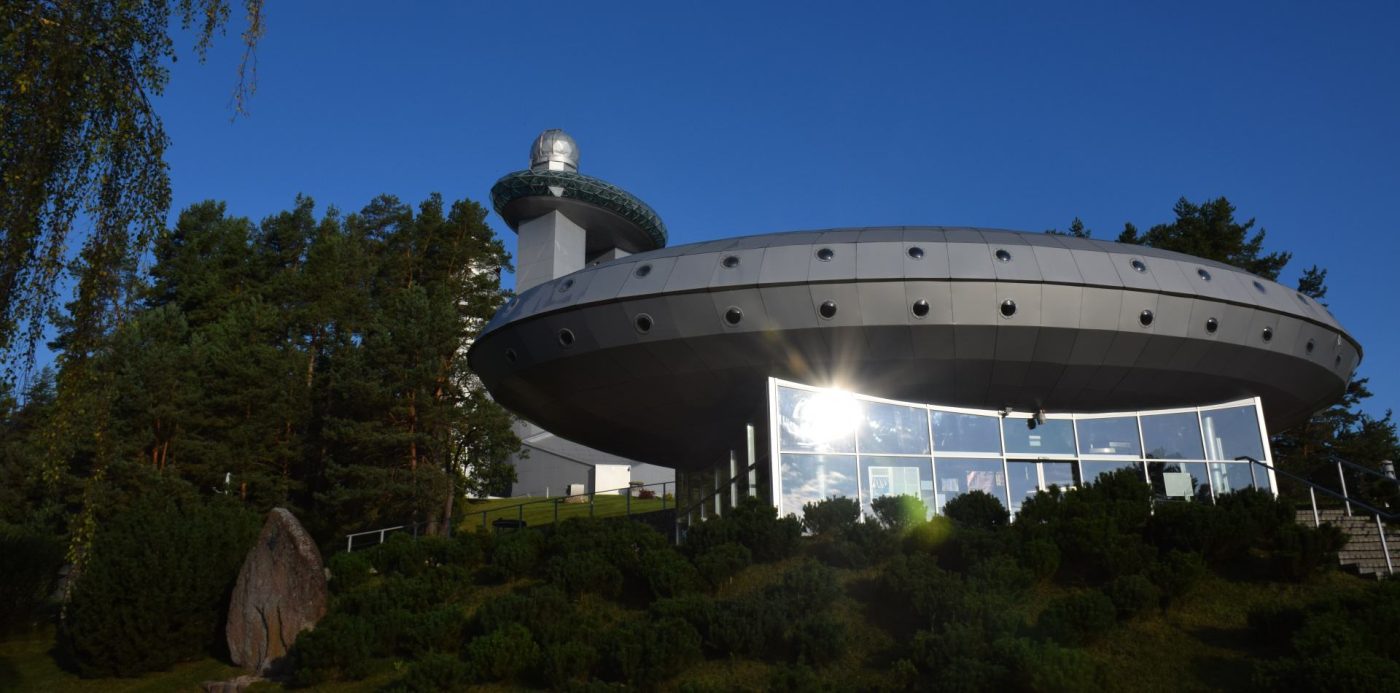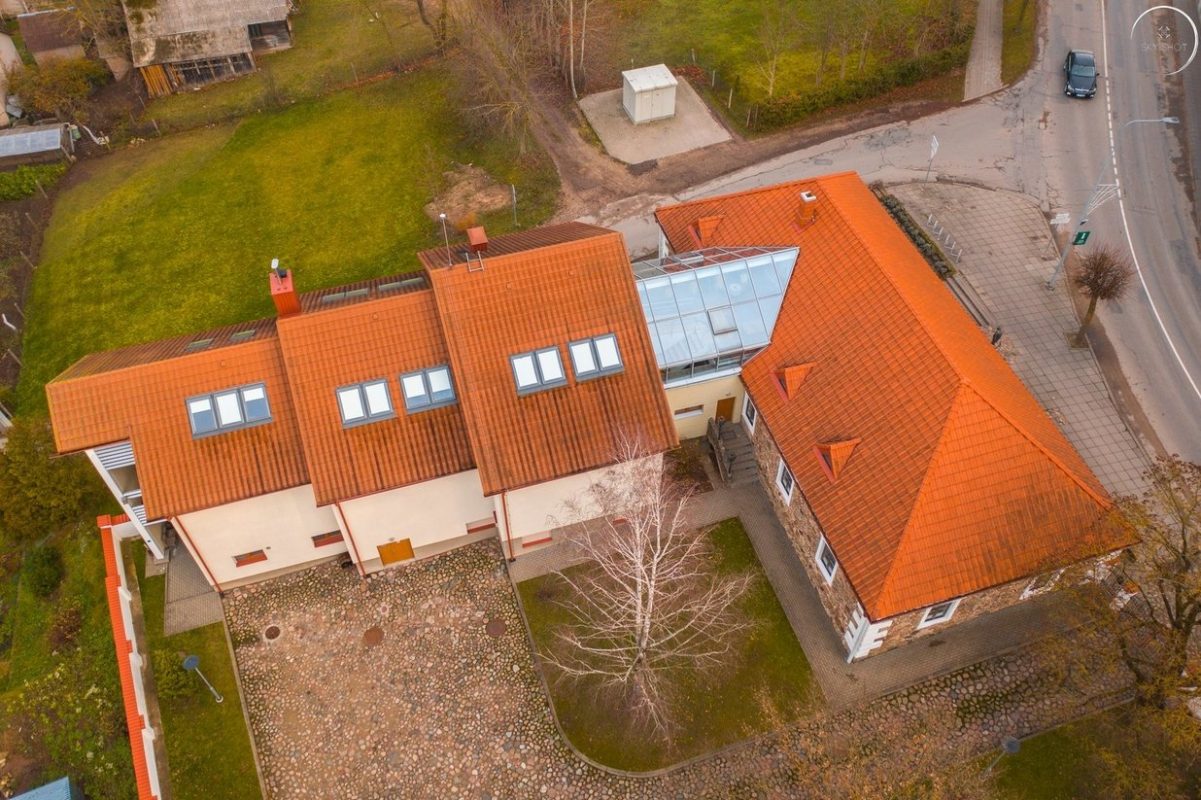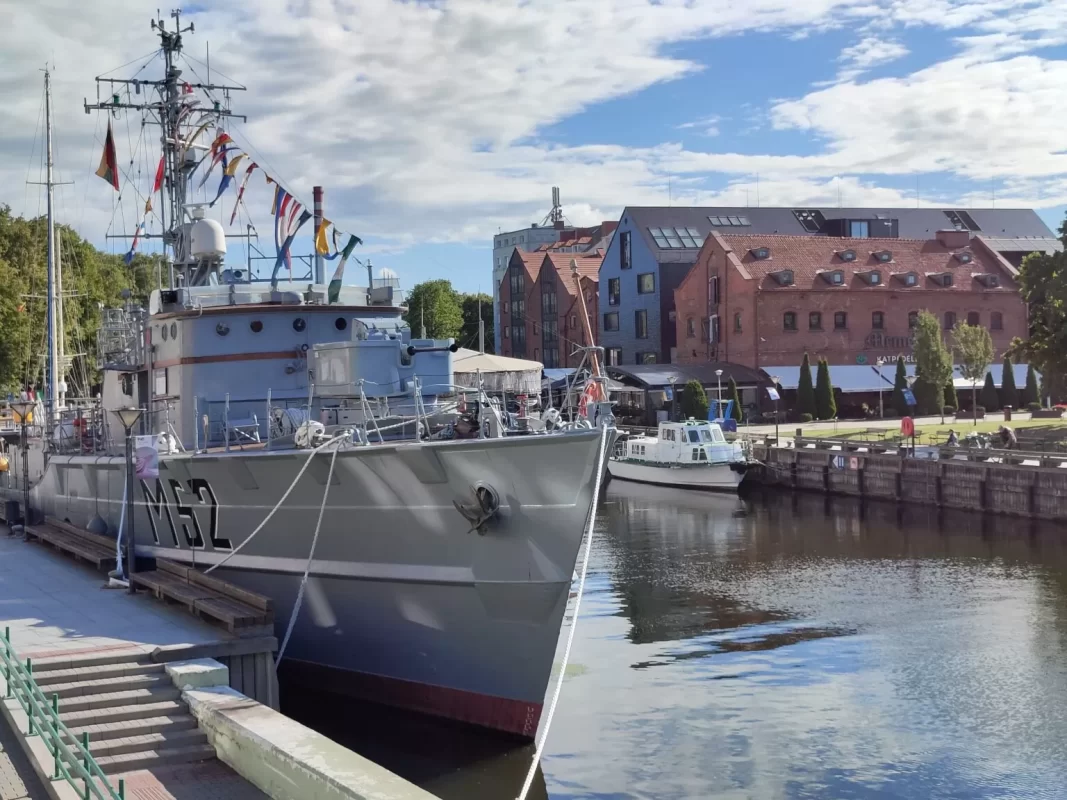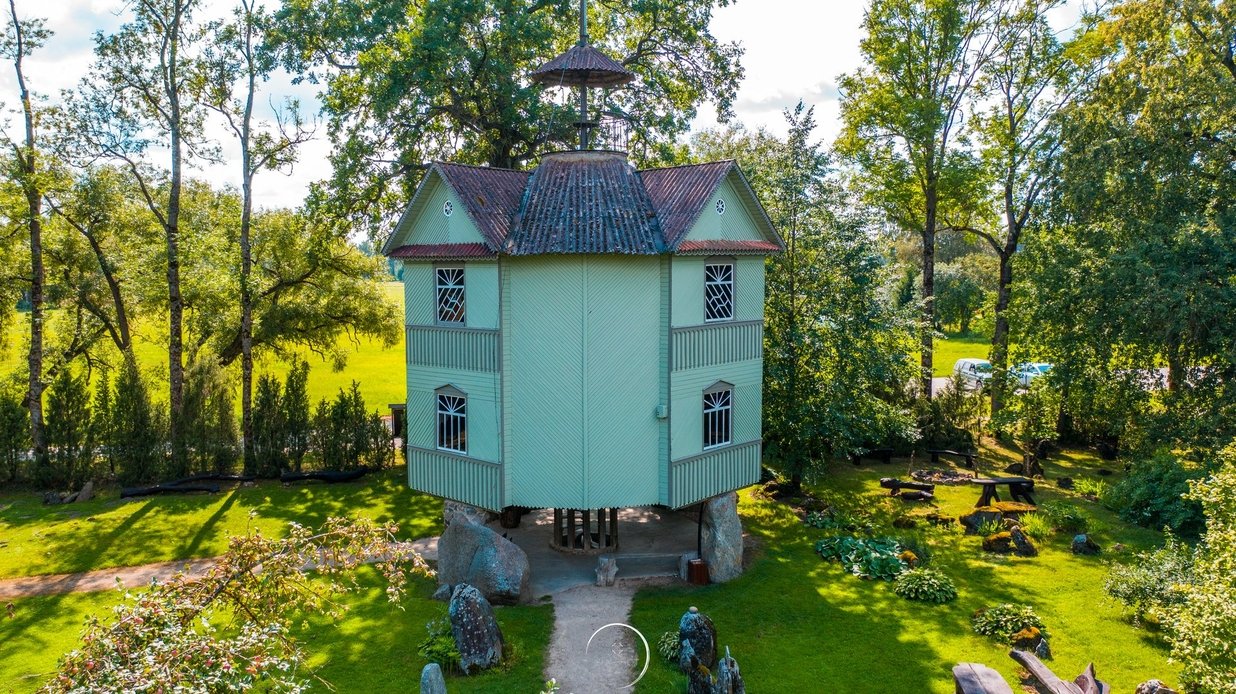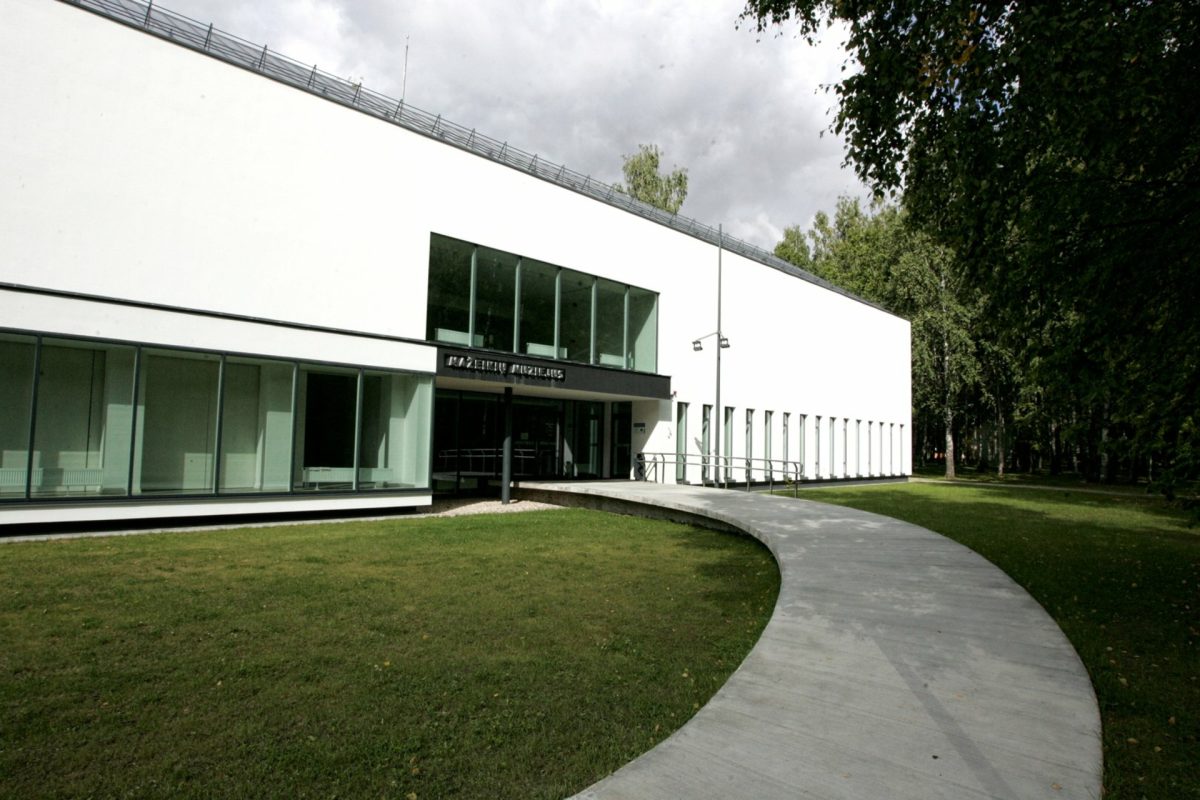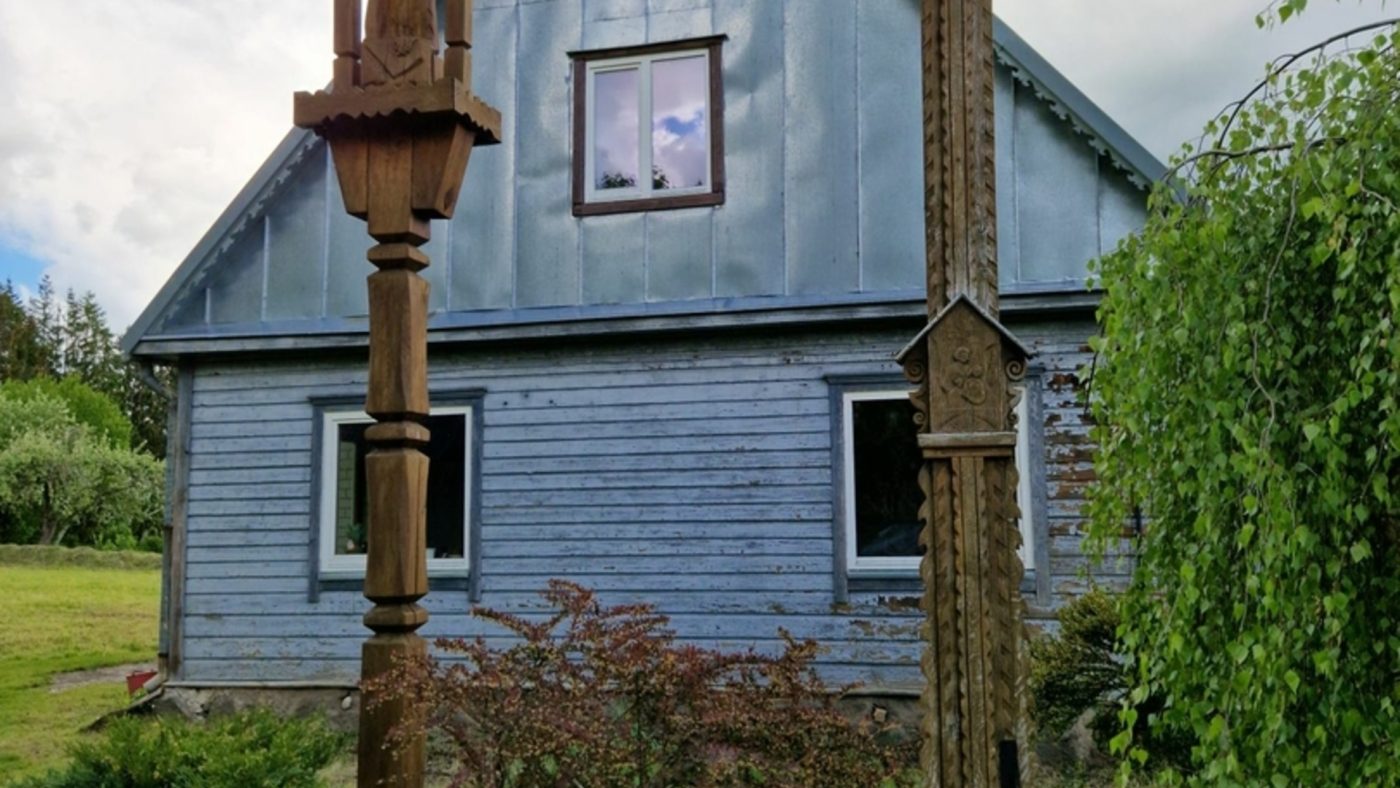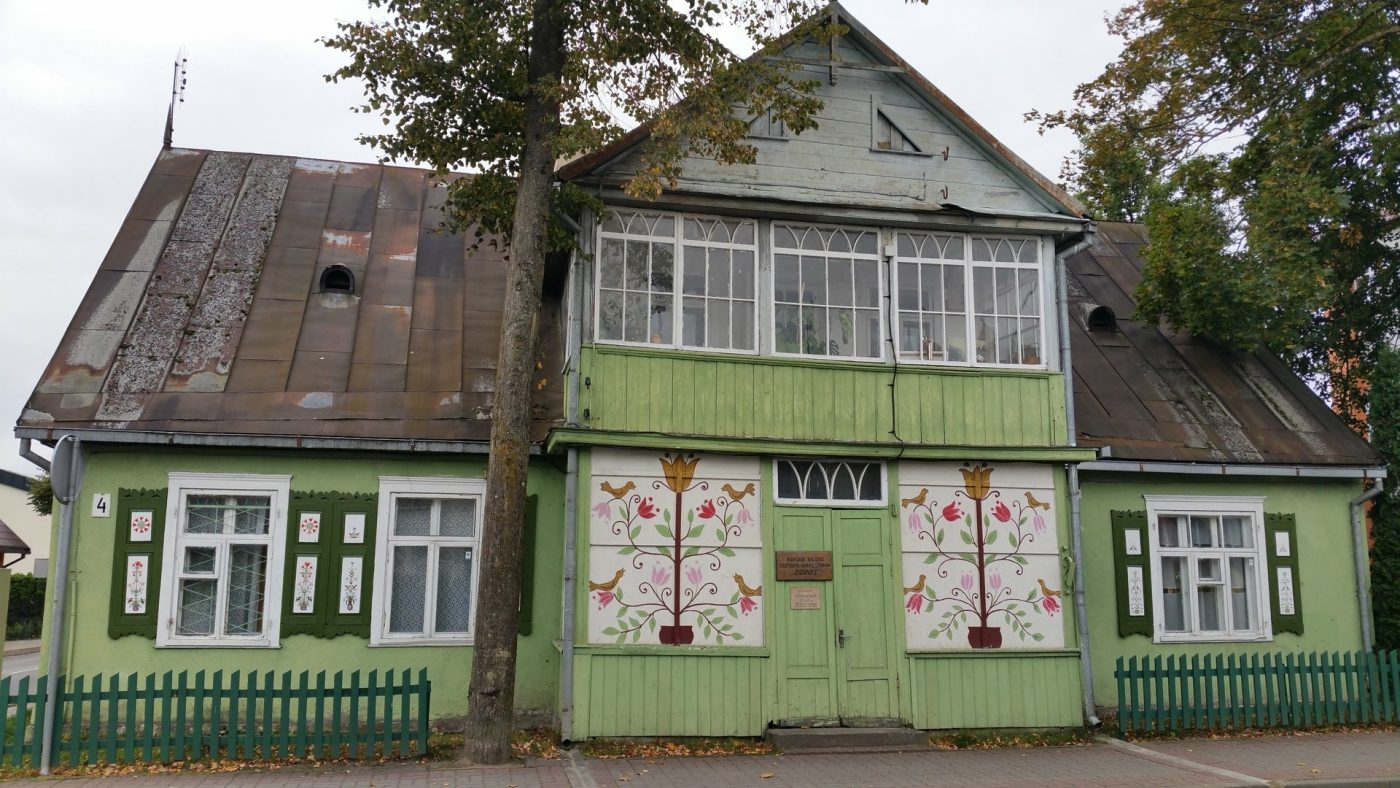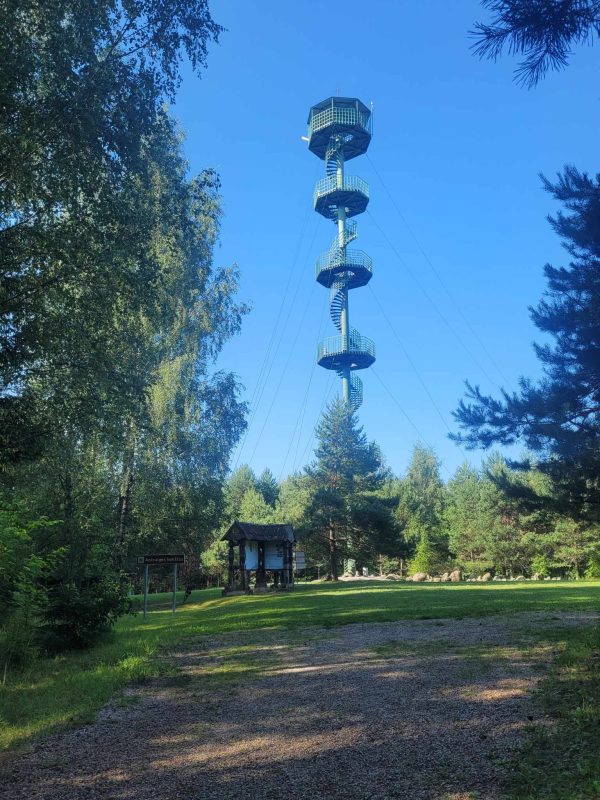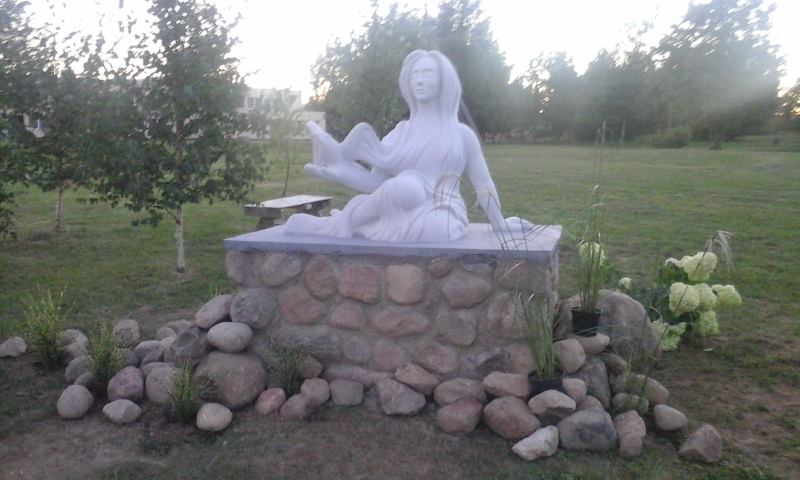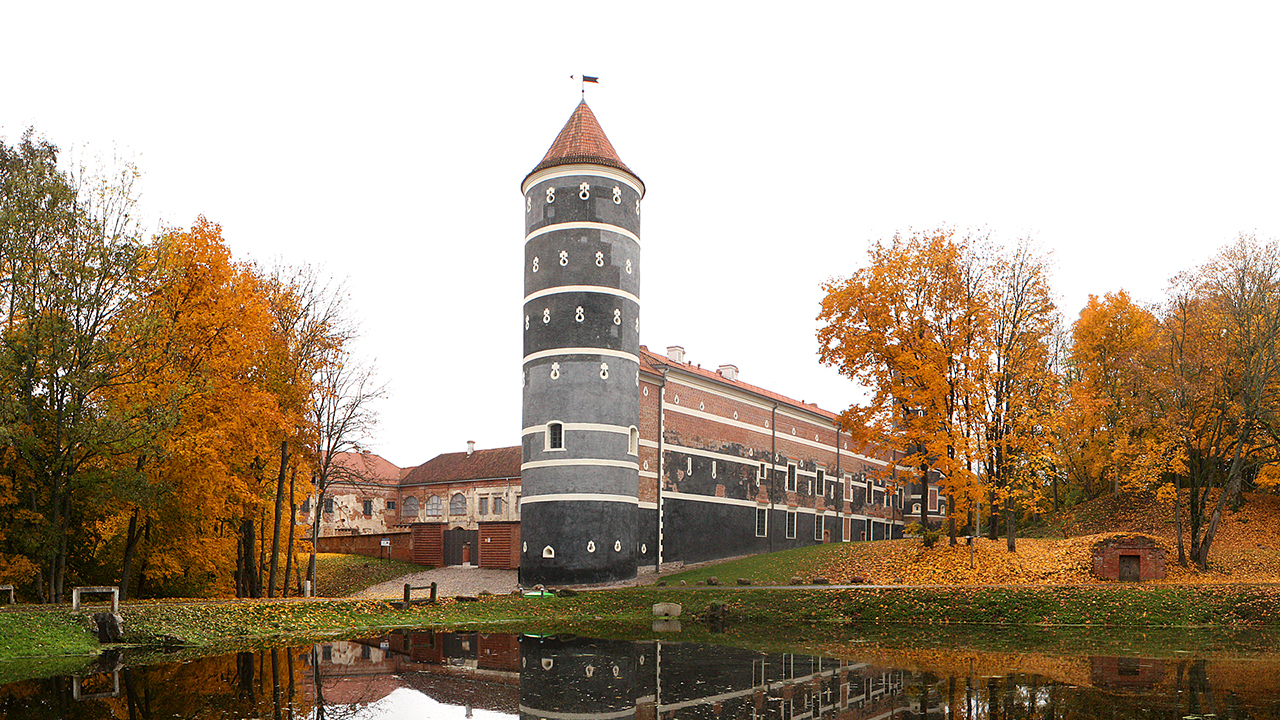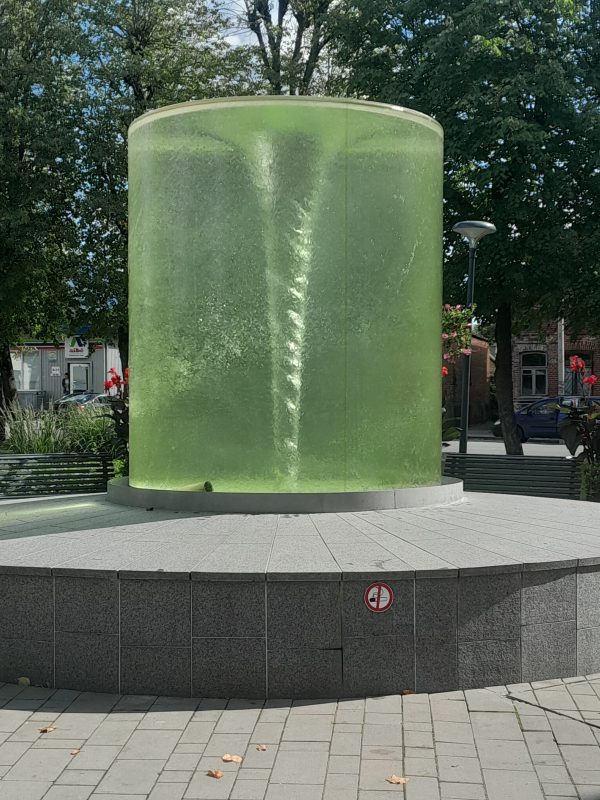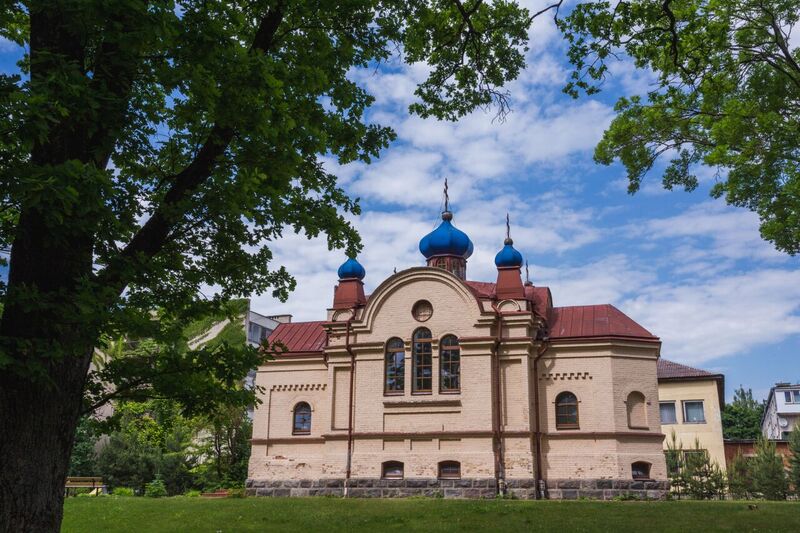Formerly known as the Church of the Protection of the Mother of God, the Church of the Nativity of Christ is characterized by the traditional architecture of Orthodox sanctuaries, with five blue helmet-shaped domes reaching towards the sky. Though the building is small, it exudes grandeur and solemnity. Notably, the number of domes has symbolic significance in Orthodox religious architecture.
Before 1387, when Lithuania was baptized, many princes with lands in Slavic territories had converted to Orthodoxy, or Eastern Christianity. This is one of the three main branches of Christianity.
In the mid-19th century, General Božeran, to whom the Tsarist authorities transferred the Bukiškis estate previously owned by the Radziwiłł family, funded the construction of the Church of the Nativity of Christ.
After World War I, Catholics tried to take over the church building for their needs. However, the court ruled this unjust, as the original church had been built by an Orthodox general. It is believed that the Božeran family is buried in the crypts of the Church of the Nativity of Christ.
Bukiškis Orthodox Church of the Nativity of Christ is a Lithuanian cultural heritage site, distinguished by its sacred and architectural significance. This church, one of more than fifty Orthodox sanctuaries in Lithuania, belongs to the Orthodox Deanery of the Vilnius region. Services, sacraments, and other activities are held here. Information about services and activities can be obtained by phone or online.
Architecture
The architecture of the Church of the Nativity of Christ displays features typical of historicism. Historicism is a style that replicates past art styles, based on scientific art historical research and enriched with later technologies. Historicism emphasizes grandeur, massiveness, and luxurious details. The light, small yellow-toned Bukiškis church gives an impression of splendor.
The rectangular-plan church has an apse, a semi-circular part of the building covered with a semi-dome. In addition to the central dome, the church's side turrets are adorned with four more octagonal helmet-shaped domes. All of them are blue.
It is noteworthy that the number of domes in Orthodox church architecture has special significance. The five domes of the Church of the Nativity of Christ symbolize the Savior and the four evangelists – Matthew, Mark, John, and Luke. A single dome honors God, three domes represent the Holy Trinity, and seven domes symbolize the seven sacraments.
History
The Bukiškis estate belonged to the Radziwiłł family for a long time. After
the 1863 uprising, the Tsarist authorities confiscated the estate from the famous Lithuanian nobility, and the new owner became General Božeran. It was by the initiative of the Orthodox Božeran that a new brick church was built and named after the Protection of the Mother of God.
After World War I, the Vilnius region was transferred to Catholic Poland. Local believers intended to take over the church and use it as a parish chapel – a filia. In church terminology, a filia is a separate unit without parish status, sometimes without an altar. The court did not allow the church to be transferred to Catholics, as its original purpose was to serve the Orthodox community. Additionally, Vilnius Orthodox believers opposed the transfer.
The church building was heavily damaged during World War II. For a long time, there was no possibility of proper maintenance. It was only about a decade ago that the Church of the Nativity of Christ was restored and renovated.
Orthodoxy (Eastern Christianity)
Orthodoxy, or Eastern Christianity, translates from Greek as "right belief." It is the second-largest branch of Christianity in the world and Lithuania, after Catholicism. Born from ancient Greek culture, this branch of Christianity is often called the Eastern, or Greek, Orthodox Church. The Western and Eastern Churches split in 1054 and differ in their rites, liturgy, and language.
Orthodoxy in Lithuania
Historical sources indicate that the Orthodox community in Lithuania has existed since the 13th century. Lithuania encountered the Orthodox Church even before accepting baptism. Pagan princes ruling Orthodox Slavic lands in the east often adopted this faith. By the mid-15th century, more than 50 princes in Lithuania were Orthodox.
There are six Orthodox saints of Lithuanian origin. Sainted are Daumantas, known as Timothy, Mindaugas's relative Charitina, monk Elisha, and the Vilnius martyrs Anthony, John, and Eustathius. The relics of all three martyrs are kept in the Holy Spirit Monastery in Vilnius.
The Lithuanian Orthodox Church belongs to the Patriarchate of Moscow and All Russia. It is one of the nine, and the second-largest by the number of believers, traditional religions in the country. There are 57 registered Orthodox communities in Lithuania, uniting about 125,000–140,000 (approximately 4 percent) of the population. Orthodox places of worship are found in all major and most minor towns. In Vilnius resides the Orthodox bishop, the Dormition of the Mother of God Cathedral, and the spiritual center of Lithuanian Orthodoxy – the Holy Spirit Monastery.





 Entertainment
Entertainment
 Events
Events
 Food establishments
Food establishments






























 54.760884, 25.207612
54.760884, 25.207612
 Get directions
Get directions

